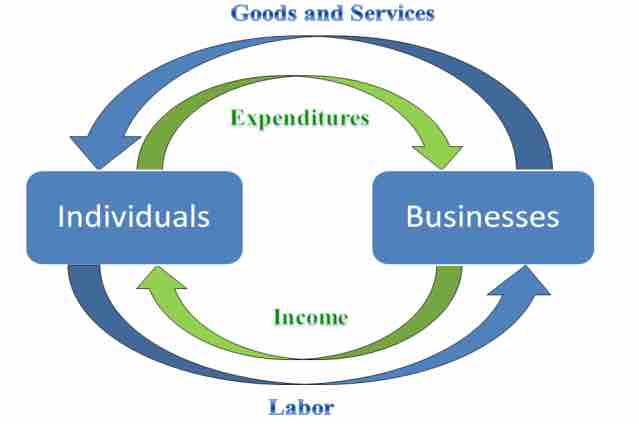In the last five years, over 50% of the general public throughout the developed world have begun to use the internet as their preferred source for news and entertainment, as well as their preferred support for the conduct of banking, shopping, and personal and business communications.
They are also increasingly coming to use the internet to conduct many more basic business processes such as filing taxes and regulatory compliance forms, locating and initiating key business connections, coordinating work teams, and telecommuting. This has, almost overnight, created a new social business environment.
At the same time, in the material domain of life almost two billion people have joined the ranks of the rising global middle class as the developing economies of India and China have come fully on-line. This has placed every key material resource – energy, food, water, shelter, and the regenerative ecosystem itself – under rapidly increasing supply pressure.
These make inflation rates in developing countries stay at high levels. And amplifying all these social and material pressures, the global finance system has tottered to the brink of chaos with both Europe and North America facing unprecedented and unresolved debt and employment issues, with global food and energy prices doubling since just 2008.
All this has generated an entirely new global business environment, and an emerging new global economy, with new rules, new patterns of costs, new methods of work, new risks, new opportunities, and new horizons for growth, evolution and change.
And the trends that have created this new environment are all accelerating.

The Circular Flow of Business and the Economy
Refers to a simple economic model which describes the reciprocal circulation of business and the global economy.